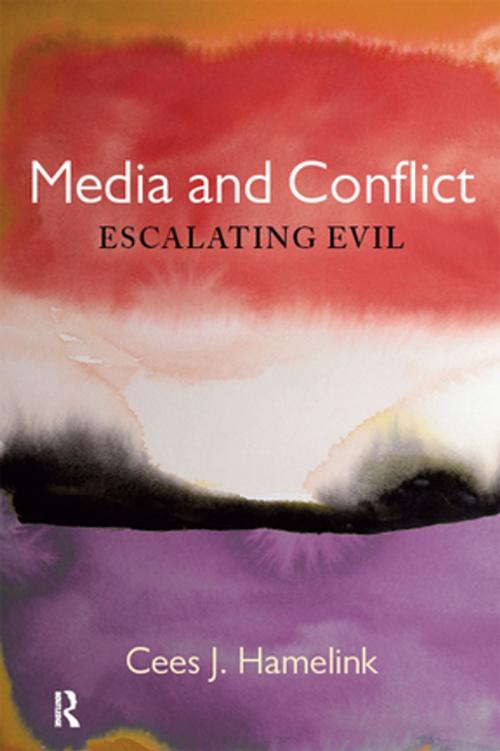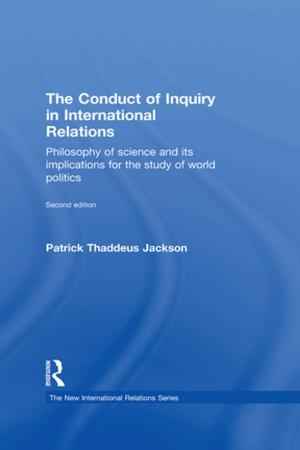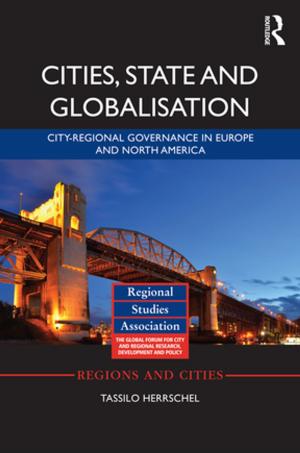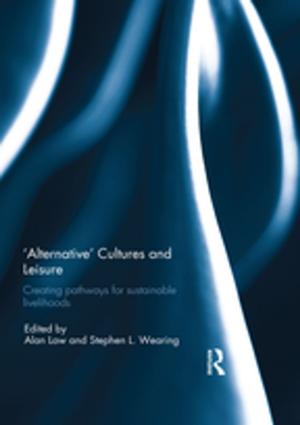Media and Conflict
Escalating Evil
Nonfiction, Reference & Language, Education & Teaching, Social & Cultural Studies, Political Science| Author: | Cees Jan Hamelink | ISBN: | 9781317256199 |
| Publisher: | Taylor and Francis | Publication: | November 17, 2015 |
| Imprint: | Routledge | Language: | English |
| Author: | Cees Jan Hamelink |
| ISBN: | 9781317256199 |
| Publisher: | Taylor and Francis |
| Publication: | November 17, 2015 |
| Imprint: | Routledge |
| Language: | English |
The world faces explosive conflicts about the distribution and scarcity of resources, about ethnicity and religion, and about the risks of urban life. These conflicts can easily spiral out of control toward mass slaughter-an evil of huge proportions that is often escalated by the media. What should be done to prevent this lethal trend? We need to understand how the 'spiral of escalation' works. How do media create anxiety, provide space for agitation, and disconnect people? Three approaches to the prevention of mass mediated aggression are proposed in this book: an early warning system for incitement to mass destruction, the invitation to disarming conversations in urban space, and the teaching of 'compassionate communication' to children and others. Alertness to the recurrence of collective violence is urgently needed not only in unstable and poor societies, but also in established democracies. Ordinary people can be incited to the mass slaughter of other ordinary people anywhere. Understanding the media's role in this and acting to prevent it are key goals of this book.
The world faces explosive conflicts about the distribution and scarcity of resources, about ethnicity and religion, and about the risks of urban life. These conflicts can easily spiral out of control toward mass slaughter-an evil of huge proportions that is often escalated by the media. What should be done to prevent this lethal trend? We need to understand how the 'spiral of escalation' works. How do media create anxiety, provide space for agitation, and disconnect people? Three approaches to the prevention of mass mediated aggression are proposed in this book: an early warning system for incitement to mass destruction, the invitation to disarming conversations in urban space, and the teaching of 'compassionate communication' to children and others. Alertness to the recurrence of collective violence is urgently needed not only in unstable and poor societies, but also in established democracies. Ordinary people can be incited to the mass slaughter of other ordinary people anywhere. Understanding the media's role in this and acting to prevent it are key goals of this book.















